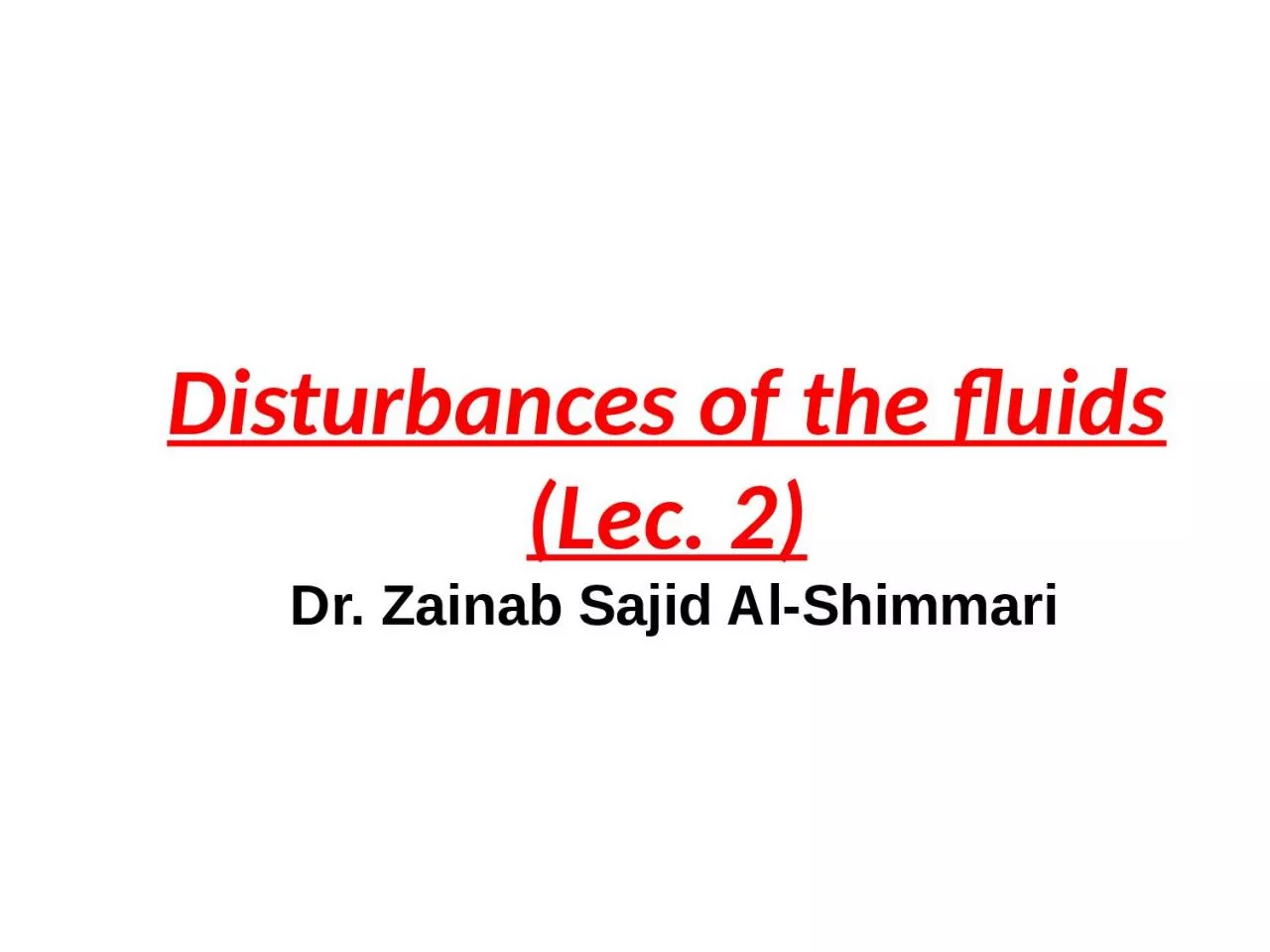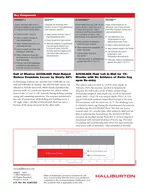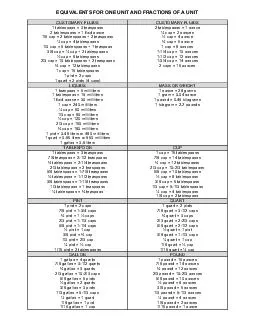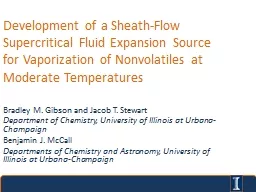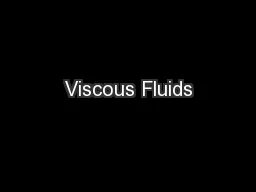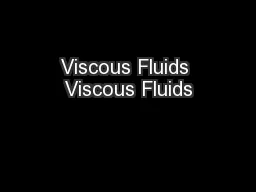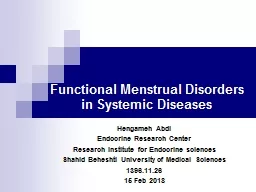PPT-Disturbances of the fluids
Author : StarDust | Published Date : 2022-08-02
Lec 2 Dr Zainab Sajid Al Shimmari Oedema may be defined as abnormal and excessive accumulation of free fluid in the interstitial tissue spaces and serous
Presentation Embed Code
Download Presentation
Download Presentation The PPT/PDF document "Disturbances of the fluids" is the property of its rightful owner. Permission is granted to download and print the materials on this website for personal, non-commercial use only, and to display it on your personal computer provided you do not modify the materials and that you retain all copyright notices contained in the materials. By downloading content from our website, you accept the terms of this agreement.
Disturbances of the fluids: Transcript
Download Rules Of Document
"Disturbances of the fluids"The content belongs to its owner. You may download and print it for personal use, without modification, and keep all copyright notices. By downloading, you agree to these terms.
Related Documents

